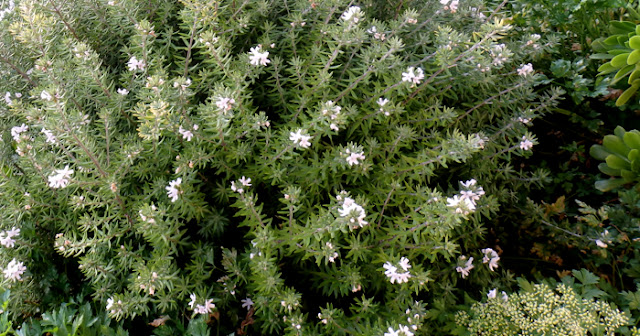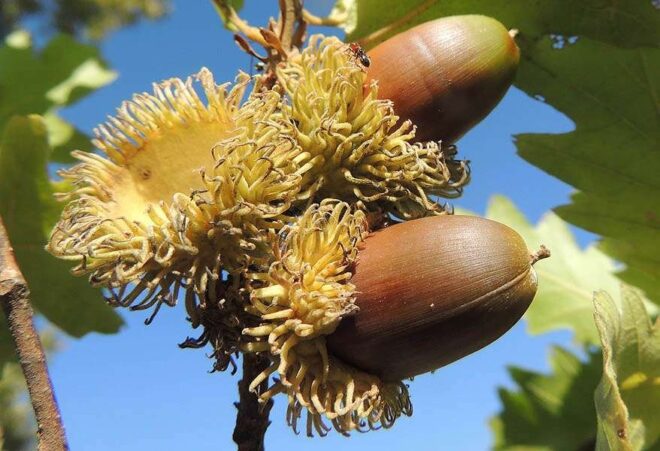In 1996, when my book Gardens of the sun was published, climate change was a topic of intense interest and comment. Vociferous discussions and debate took place in parliaments and the media. In the main, there was a feeling of uncertainty and denial abroad that resulted in a very mixed bag of responses at all three levels of Australian government. Those responses reflected organisational and personal reactions to the purported risks to the environment and the continued existence of humankind. The situation was all very worrying and appeared to pose threats to civilization and life as we know it. To many it seemed the required responses could only be met by decisions and actions originating from government, big business and collective organisations formed by personal interest groups.
At the time, my purpose in writing was to offer some ideas that would encourage home owners to think about and prepare for change by taking some small, simple actions before any tipping point was reached. Proactive and forward-focussed seemed a practical and positive way to go, instead of just waiting to see what happened by which time it would possibly be too late to implement any changes that could take 10 to 20 years to come to fruition.
Tree planting was seen as an important way to moderate the impacts of climate change on homes and private spaces. My approach was not just to list endless names but in a more mindful way suggest gardeners consider how plants grow, the places where they grow naturally, the soils they find congenial, weather patterns and water supply that support their growth. Avoiding a didactic approach in favour of one that used personal exemplars, I wanted approaches to managing climate change to be viewed as experimental rather than conclusive from the outset. Accepting that change involves risk taking, disappointment and frustration is part of the process, as is the discovery of fresh perspectives on a problem.
Because I felt that too much time was being lost by garden owners and the nursery industry generally reacting slowly to the information being released in a steady stream by climate academics and other research agencies, I wrote two more books: Plants for Mediterranean climate gardens and Plants for a changing climate – both published in 2004.
European garden makers in Australia initially had to create gardens that responded to local conditions, including patterns of seasonal heat and semi-drought about which they were totally ignorant. They had no access to the technology or plant resources that would enable them to do otherwise. In a guessing game supported by some previous experience in other dry, alien places, first settlers grew to appreciate that gardens of memory and nostalgia for the motherland were impossible in Australia where they did not have easy access to reliable water supplies. Waterless colonial cottage gardens can be viewed as proof that gardens are possible without heavy irrigation through the dry months. Such gardens have their own aesthetic, one which nowadays seems at odds with how gardens should look but gardens they were; gardens comprised of hardy plants compatible with the local conditions.

Had it not been for the intervention of developments in science and technology in the late 19th century this dry aesthetic could well have developed further and created a useful framework and mentality for addressing the issues now faced by garden owners. This did not eventuate. Victorian-era engineering and technology enabled water harvesting and water storage construction, and the development of treatment and distribution of town water supplies, and systems of waste water disposal. Such a water supply – abundant, cheap, clean and reliable – has served us well but has also rendered us dependent on it and in the thrall of imported ideas. Indeed, water has encouraged us to become fashion victims insofar as our ideas by and large about garden making and landscaping are still dominated by journals and magazines imported from overseas sources.
Can this change? It may well have to as the limited water supply is stretched further and further to meet the unceasing demands of urban, industrial, agricultural and horticultural expansion, not to mention those from cooling power stations, minerals refining, nuclear applications, computer banks, high-rise housing and hydroponic food production. Even with higher dependency on desalination of sea water, there will have to be a balance between the costs of production and the end-point profitability. So much so that private pleasure gardens may give way to more public forms of this passive recreation that is so necessary for health and well-being. At this point, the conservation of heritage gardens and the plants that populate them may well come under scrutiny. The questions will most likely prove difficult to answer and the answers difficult to accept. The volume of water called on to maintain lawns, heritage trees and various styles of gardening will almost certainly be more than can be equitably supplied in competition from other consumers. Rationalising consumption will be contentious and divisive across the community. Surely it is much to be preferred that this likelihood is avoided by planning ahead so that gardens of all kinds can make the transition from water dependence to a more conservative approach where water is treated as a valuable and scarce commodity. The alternative, to let things go, is an acceptance of desertification or dereliction.

At Carrick Hill in Springfield, Adelaide an effort by members of the Gardens and Grounds committee has resulted in a 100-year tree replacement plan based on looking ahead to see what environmental changes are likely to be and matching that forward projection with a range of native and exotic trees that seem likely to be good prospects for survival. The first trees were planted in 2019. A beginning has been made to prepare for change ahead.
This article is one of a series prepared for a project, Antipodean historic gardens and climate change, partly funded by a grant from the international charity, the Historic Gardens Foundation.



Leave a Reply
You must be logged in as a member to post a comment.